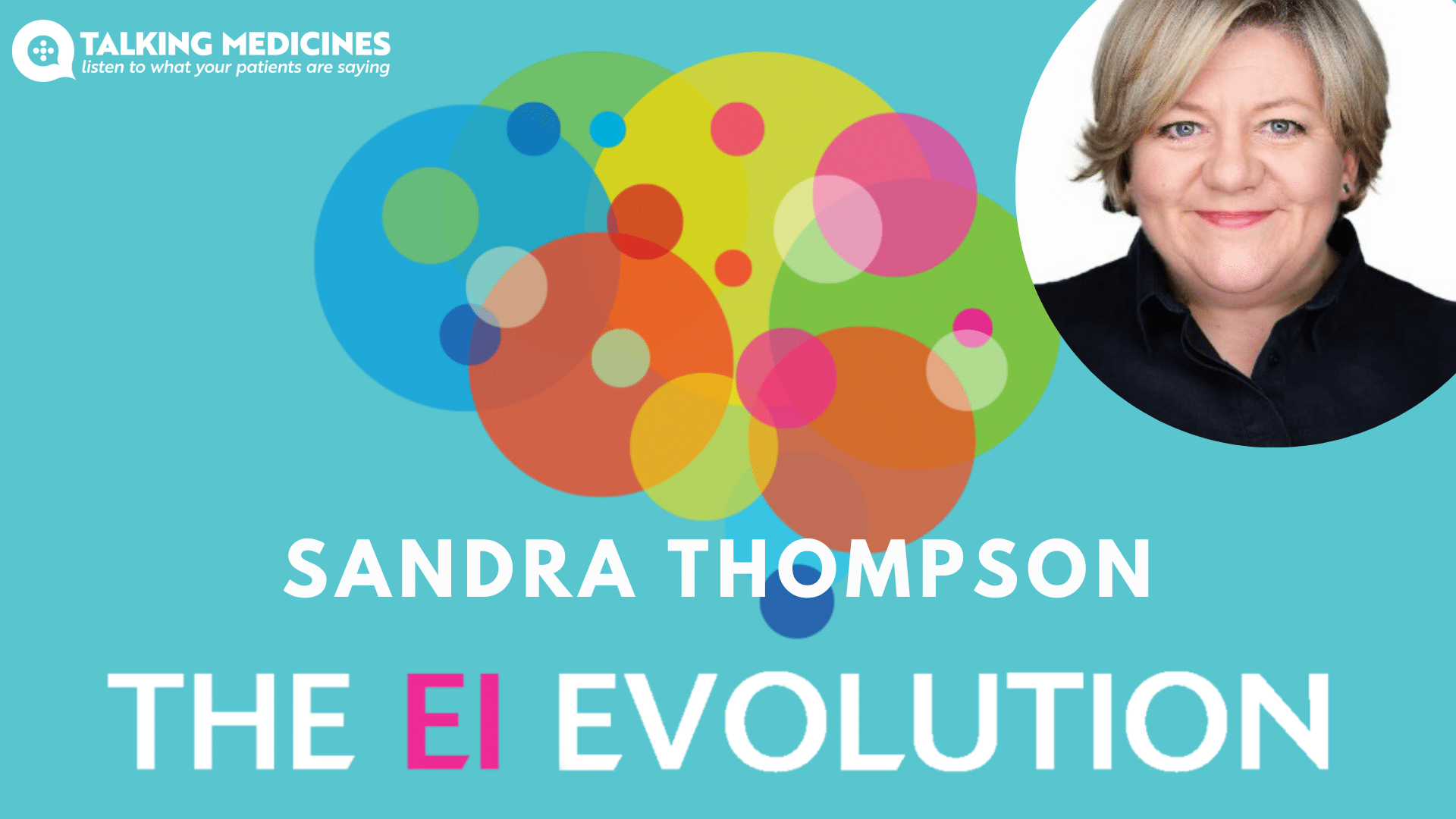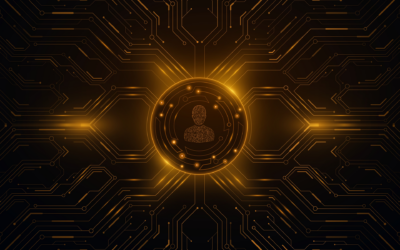What would you say if I told you that customer experience is not what you think it is? Customer Experience is about chemicals, a chimp and the power of memories! Hear me out on this….. and let’s start with emotion.
Understanding Emotions

Before we dive into emotional intelligence and its influence on customer experience we need to explore emotions and their meaning.
I wish they taught school children about the work of Lisa Feldman Barrett. She’s a neuroscientist and she’s discovered a whole new perspective on emotions. According to Feldman Barrett emotions are a prediction of something happening. We feel something before we think it and these feelings in our bodies are as a result of three things:
1) Our socialisation – how our thinking was influenced as we were growing up. For those of you who have heard of Transactional Analysis, you’ll know that key influencers are often our parents, teachers and other people in authority. They shape our beliefs and values. And believe me, most of these stay with you into adulthood.
2) Our experience – the meaning we attach to the experiences we have had will also have an impact on our emotions. Has this experience happened before? What happened? Was it OK? How did it feel? Should we expect this to happen?
3) Context – this is where facial recognition software gets a grilling. Reading facial expression without the wider context means that brands have made repeated miscalculations about how someone feels. You have to understand that someone’s look of sadness might be deep joy when you widen the lens and see them holding a Wimbledon cup for example. Feldman Barrett demonstrates this point with an image of the joyful winner Serena Williams in a TEDx talk.
The fact is the emotions people feel are as unique as their fingerprint and their expression of these emotions can’t be easily assumed using language alone. People have their own interpretation of their emotions and CX practitioners who design experiences expecting customers to feel something specific are misguided. Only the customer can control how they feel and this will be unique to them.
Managing your Chimp – Emotions in Context of CX
Someone asked me recently for my list of recommended reads – The Chimp Paradox was in the top five best reads of my life! I’m going to mention a couple of things from a brilliantly simplified drawing of the brain taken from that book.
The chimp is sat within the emotional centre of your brain, in the Limbic System.
When he/she is calm everything is functioning well, the stick person in the Frontal Cortex, an executive centre of the brain, is making some decisions and getting on with stuff. Happy days – all is good in your world.
Should something cause the chimp to feel worried it starts to go berserk and things are very different. You can’t think straight and the stick person isn’t able to function well or at all.
The chimp is simply doing what it has done for years. It’s trying to protect you from harm. When something unexpected happens or from our experience, we sense that something bad might happen the chimp goes into flight, fight or freeze mode. We need the chimp to help us when there is real danger but it would be great if the chimp could distinguish between a big brown bear chasing us in the Canadian Woods (this hasn’t happened to me yet, but I would imagine that’s up there on the flight mode) and our interpretation of a threatening email from one of our colleagues – it doesn’t.
Imagine then, you don’t deliver the experience your customer was expecting, you make the customer do a bunch of things they didn’t think they needed to do and don’t want to do or you haven’t brought your colleagues on a journey of change and you are asking them to make decisions unexpectedly? The problem is that when the chimp goes completely berserk your body experiences extremely negative emotions. When we feel extreme emotions they stay with us. If you have ever seen the film ‘Outside In’ you’ll know that extreme emotions, good and bad, get bottled and stored. We retrieve these memories from time to time. These are stored in the Parietal region.
So we are at the mercy of our chimp………..? No we’re not.
We can tame our chimp and the chimp in the minds of others when we are emotionally intelligent. We can keep the chimp calm in our minds and the minds of others when we have learned how to use the skill of EI. More on that later. We’re going to talk about memories first.
Dr. Daniel Kahneman, is a hero of mine. Many of you may have read his book, ‘Thinking fast and slow’. I’m going to mention a couple of things from it now. Many of you will recognise these points.
When you think about the customer experiences you are delivering right now how many of them are memorable for the right reasons? There are two kinds of memory – experiencing self and remembering self. They are shaped by emotion. The experiencing self lasts for about three seconds and the remembering self, depending on the intensity of the emotion felt at the time, can last a lifetime. Do yours?
While I agree with so many CX authors when they say that businesses should ‘just do what you say you’re going to do’ when delivering to customers, [we know that this keeps the chimp calm, right?] But I do wonder if just delivering on your promise creates the type of intensity of emotion which creates a lasting memory.
Let’s talk about Peak End rule for a moment here too. Imagine you have had a great holiday and on the final day something nasty happens, say a member of staff is really rude to you. This ruins the whole holiday. The Peak emotion at the End influences your perception of the entire week-long break. That experience stands out and overrides the good times. The opposite is true too. – when the majority of your experience has been poor and at the end something meaningful and lovely happens.
My point is, please create a positive Peak in your customer’s journey – one that will stand out AND don’t underestimate the power of recovery. All is not lost when a customer has a bad experience, you can erase the bad feelings when you do something meaningful at the End. It’s proven in behavioural science.
Emotional Intelligence (and its role in Customer Experience)
Finally, we get to Emotional Intelligence. I’d like to start with the definition of emotional intelligence by Dr. Goleman before we go any further:
“Emotional Intelligence is your ability to recognise and understand emotions in yourself and others. It’s your ability to manage your behaviour and relationships”
Hopefully, you can now see why I started this blog with an explanation of emotions and have moved onto the chimp, then onto memory.
When you have developed the skill of emotional intelligence, you are better able to feel the emotions rising in you, you can sense what type of emotion you are feeling and you become attuned to the usefulness of that emotion [or not]. Over time you will choose whether you want this emotion to show up or you can choose to let it go or park it for investigation another time.
The amazing thing about this skill is that once you have started to master self-awareness and self-management you are more likely to recognise and influence the emotions in others. Colleagues and customers. You will start to sense how someone is feeling and you can choose to respond to whatever shows up for them in that moment [remember that emotions are unique to everyone] which may help them feel, for example, reassured or excited, curious or supported.
The reason why I believe there is a place for emotional intelligence in customer experience is because everyone has different emotions all of the time and as we know all emotions are as unique as the person who feels them. It is only with the skill of emotional intelligence that we, as customer experience practitioners, can respond to whichever emotion a colleague or customer presents us at that moment in time. And we can create a meaningful memory with them which will ensure they think of us and they don’t give our competitors another thought!
Further Reading:
How emotions are made – Lisa Feldman Barrett.
Seven and a half lessons about the brain – Lisa Feldman Barrett
The Chimp Paradox – Steve Peters
Thinking fast and slow – Daniel Kahneman
Emotional Intelligence – Daniel Goleman
Follow Sandra Thompson on LinkedIn here for more on Customer Experience and Emotional Intelligence




